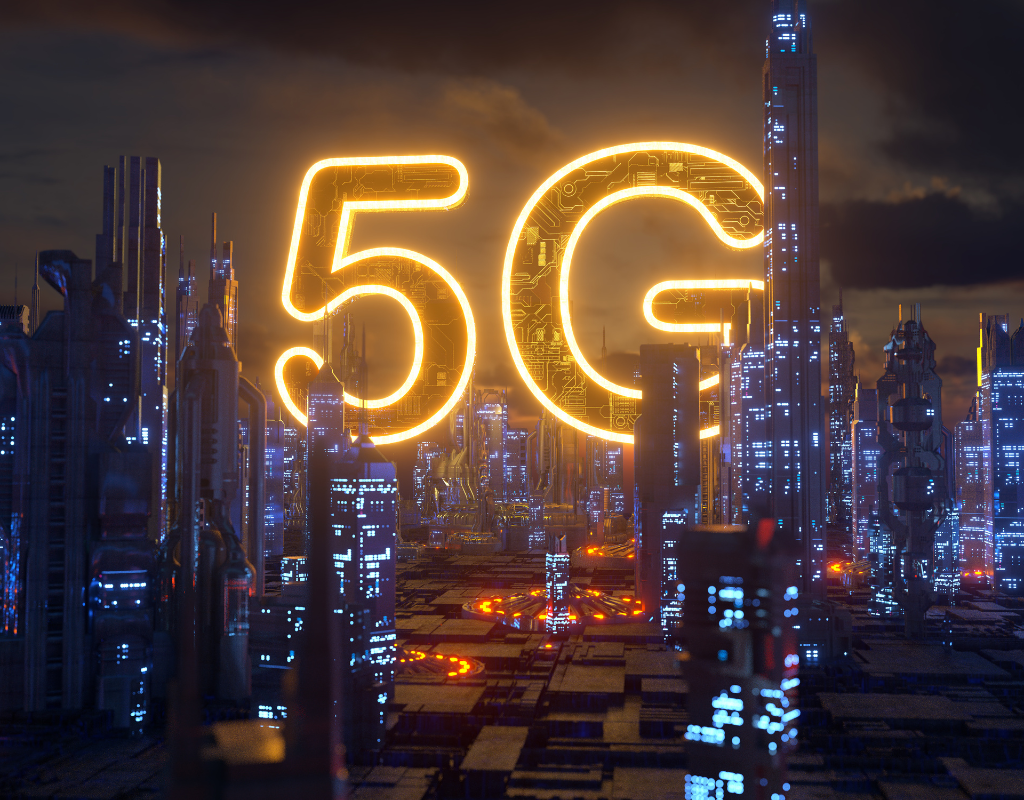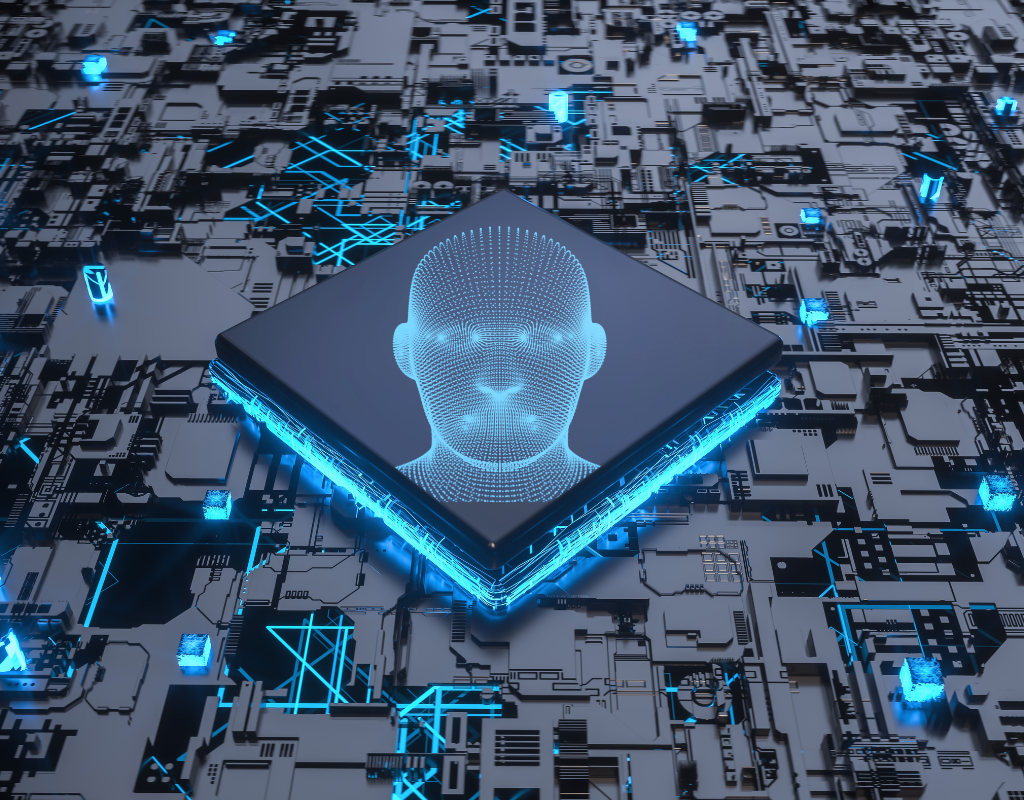With the rapid advances in technology, it is no surprise that the integration of artificial intelligence (AI) and 5G is becoming increasingly important. AI and 5G are intertwined and provide a path to future technologies that are set to revolutionise the way we interact with our environment. AI and 5G are two technologies that are revolutionising the way we interact with each other, our environment, and the world around us.
AI is a form of technology that uses algorithms to process data and make decisions, while 5G is the fifth-generation mobile network that provides faster data speeds and greater network coverage.
The combination of these two technologies is set to revolutionise the way we interact with our environment, allowing us to access new services, create new experiences, and expand our capabilities. This article will explore how AI and 5G are intertwined and the potential impact that this integration will have on the future of technology.
What is Artificial Intelligence (AI)?
Artificial intelligence is the ability of a machine to acquire the same skills and traits as a human. AI has been around since the 1950s, but it has only recently become more accessible and is now used in a wide range of applications.
AI is being used in many industries, such as healthcare, customer service, supply chain management, and cybersecurity. AI has been applied to a wide range of applications, from customer service to cybersecurity, and there is no sign of the technology slowing down.
AI is the application of computer science and artificial neural networks that enable computer systems to do tasks that normally require human intelligence. Such tasks include visual recognition, natural language processing, decision-making, and translation between languages.
This is done by the computer system analysing large amounts of data, finding patterns, and making predictions based on those patterns. The system then uses feedback loops to improve its predictions with each new data set.
What Is 5G?
5G, or fifth-generation, is the next evolution of mobile network technology. The current network standard is 4G, which was introduced in 2010, and has been in use since 2013. The evolution of mobile network technology will provide greater capacity and lower latency, allowing for new types of services and applications.
5G will play a critical role in enabling the Internet of Things (IoT) and artificial intelligence (AI) applications. Many countries are investing in research and development of 5G, including the U.S.,China, Japan, South Korea, Australia, India, and other major European countries.
As telecom operators in the aforementioned countries begin to transition their services from 4G to 5G network, consumers too will have to gradually switch to 5G compatible devices and 5G SIM cards. In order to access the full spectrum of 5G services including high-speed internet and low latency, consumers will require 5G-enabled smartphones and 5G SIM.

While each country has its own goals for 5G, the technology is expected to include greater use of “millimetre wave” spectrum (MMW) for increased network capacity, the use of “high-bandwidth” low-latency networks for faster communications, and the use of software-defined networks (SDN) for network automation and network slicing.
How Are AI and 5G Intertwined?
AI and 5G are intertwined in a few different ways. First, AI is a major component of 5G technology, both in network functionality and user equipment functionality. AI is implemented in different parts of 5G networks, including radio resource management, radio network management, radio equipment, and mobile equipment.
Second, AI is a product of 5G technology and its evolution; AI is one of the high-demand services that 5G enables. Third, 5G and AI can contribute to each other, as 5G can facilitate AI and vice versa.
Benefits Of The Integration Of AI And 5G
The integration of AI and 5G will create better experiences for users, significant economic opportunities, and provide a path to future technologies. The benefits of the integration of these two technologies include faster network speeds that are 10 to 100 times faster than 4G networks.
AI can help facilitate these faster speeds by optimising networks, allowing individuals to access better and faster internet. 5G networks are expected to provide a greater range and wider coverage than 4G networks.
AI can help to facilitate better coverage, as it can identify and deal with issues in real-time, such as network congestion and interference. 5G networks are also expected to have greater network capacity than 4G networks.

AI can help to facilitate the increase in network capacity by providing more efficient network management. As AI becomes more common in the networks, it can help to identify potential cybersecurity threats.
Challenges Of AI-5G Integration
While the integration of AI and 5G has the potential to bring significant benefits, it also faces some challenges, including computing power. The implementation of AI in 5G networks requires high computing power.
5G networks are expected to be equipped with tens of thousands of antennas, which require high computing power to process information and make decisions regarding various functions.
The implementation of AI in 5G networks requires large volumes of data, which could challenge network capacity in some areas. The implementation of AI in 5G networks requires a lower latency, which could challenge the capacity of the network in some areas.
Potential Impacts Of The Integration Of AI And 5G
The AI-5G integration can provide a path to new technologies, including general AI, autonomous vehicles, and smart cities. The general AI that is expected to result from the AI-5G integration will help to automate many tasks and processes that humans currently perform.

The integration could also facilitate autonomous vehicles, as AI can help with the decision-making and navigation of these vehicles. Finally, the AI-5G integration could facilitate smart cities, as AI can help monitor resources and manage the operation of cities.
The AI-5G integration also has the potential to reduce the need for human interaction and change the nature of work. While this could lead to new types of opportunities, it could also result in certain jobs becoming obsolete.
Conclusion
Artificial intelligence and 5G are two technologies that are revolutionising the way we interact with each other, our environment, and the world around us. AI is a form of technology that uses algorithms to process data and make decisions, while 5G is the fifth-generation mobile network that provides faster data speeds and greater network coverage.
The combination of these two technologies is set to revolutionise the way we interact with our environment, allowing us to access new services, create new experiences, and expand our capabilities.
To Read More Tech Blogs Visit: Technical Nick

















